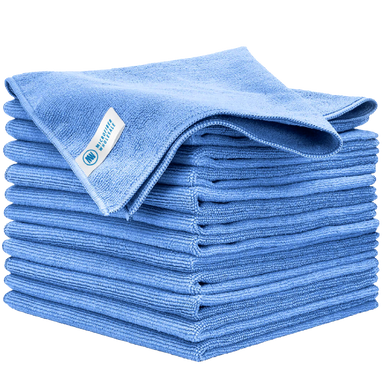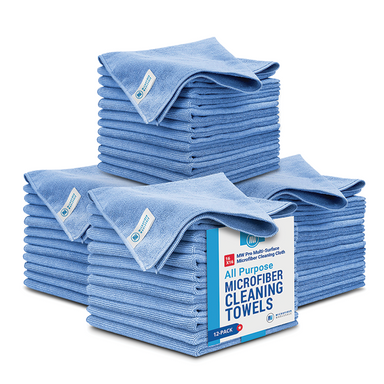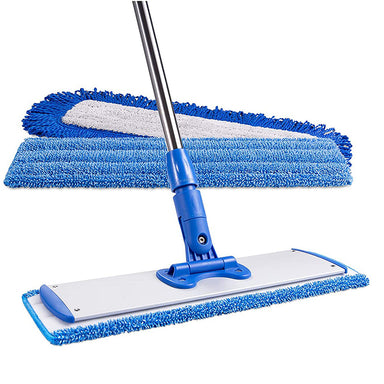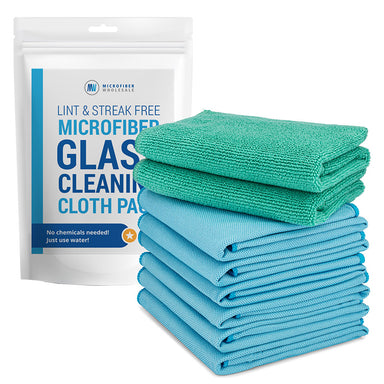1. Decide Whether to Vacuum First
If your floors have a lot of dirt, dust, or debris, it’s best to vacuum first, especially for hardwood or vinyl plank floors, to avoid scratches. A lightweight stick vacuum works wonders for this.
However, if you’ve been keeping up with daily mopping and don’t a lot of debris, you may be able to skip this step and move straight to mopping, saving valuable time.
2. Use the Right Mop
To ensure efficient cleaning, you need a high-quality microfiber flat mop. Look for thick, absorbent microfiber pads that trap dust, dirt, and hair with ease.
It’s also a good idea to stock up on mop pads so you can quickly swap them out as they get dirty. The thicker the pad, the more microfiber it has, which means more cleaning power.
Choose a mop that has an adjustable handle to suit your height, preventing back strain and poor posture. A mop with a swivel frame is also essential for maneuverability and allows you to mop using an effective figure-8 or s-motion technique.
3. Prep the Mop Pad
For the quickest way to mop hard floors, you can either use a slightly dampened mop pad or a dry one if you’re in a rush. A dry pad helps your floor dry faster, but a damp pad adds a little extra cleaning power.
Either way, you’ll be working section by section with a spray or squirt bottle, avoiding the hassle of lugging around a water bucket.

















